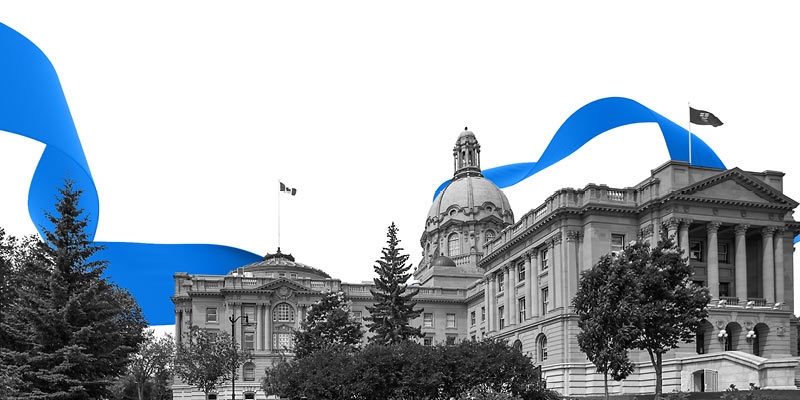Spending Beyond Our Means: Addressing the Root Cause of Alberta’s Deficit
— Published on August 30, 2019

Summary
- In May of 2019, Alberta’s newly elected United Conservative Party created the Blue Ribbon Panel on Alberta’s Finances. The panel’s mandate was to develop recommendations to achieve a balanced operating budget without tax increases by 2022/23.
- This bulletin provides historical and interprovincial context to help Albertans understand the reasons for the province’s large, persistent deficits.
- Alberta’s revenues declined steeply following the downturn in commodity prices that began in late 2014/15 and the subsequent recession. That revenue decline contributed to a series of substantial budget deficits. However, despite the large deficits, the provincial government continued to increase nominal spending, which made the problem worse.
- The government could have learned from the experiences of other provincial governments that reduced and reformed spending to eliminate large deficits—including the NDP government in Saskatchewan led by former Premier Roy Romanow during the 1990s. Instead, Alberta’s government took what had become the status quo approach, and continued to increase spending. Partly because of its policy choices, the province’s large deficits have persisted.
- Alberta’s current per-capita spending levels are substantially higher than those in British Columbia, Ontario, and Quebec.
- Were Alberta’s provincial government to reduce program spending by 10.9 percent from 2018/19 levels by 2021/22, it could eliminate the deficit one year ahead of schedule while also creating fiscal room for comprehensive pro-growth tax reform.
Authors:
More from this study
Subscribe to the Fraser Institute
Get the latest news from the Fraser Institute on the latest research studies, news and events.





